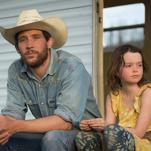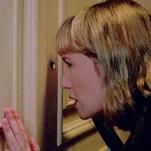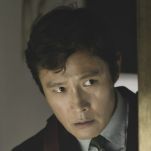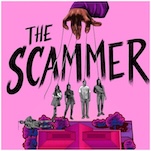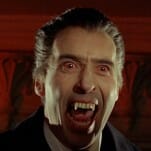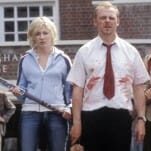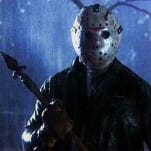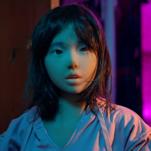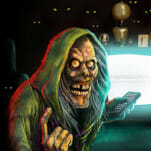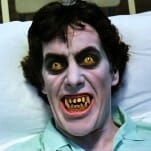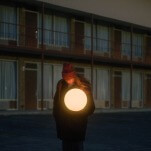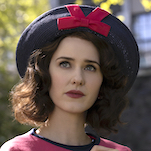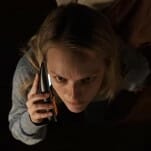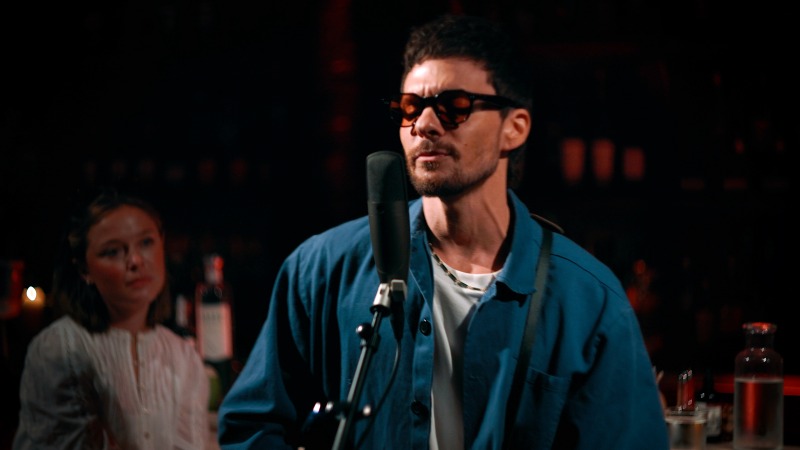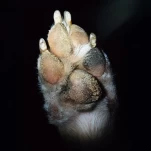Taking a Stab at Understanding the “Stupid Teens” Horror Trope
Photo Courtesy of Amazon Prime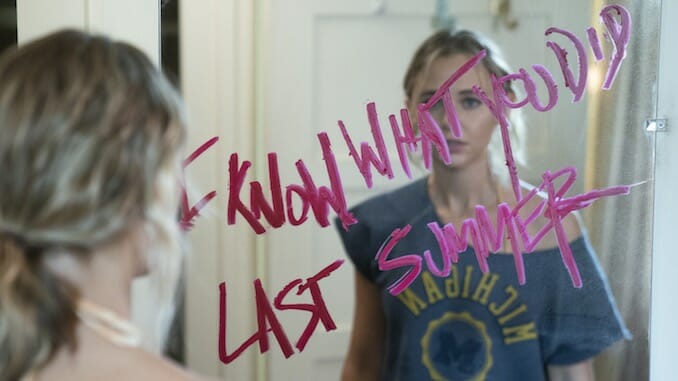
There’s a GEICO insurance commercial from a few years ago that mocks slasher flicks. Showing four freaked-out people emerging from the woods next to a creepy old house, they opt not to get in the running car but instead hide behind a wall of chainsaws.
“If you’re in a horror movie, you make poor decisions,” the voiceover says before segueing into how you can save money on auto insurance by signing up with a company whose mascot is a talking gecko.
Several people have mentioned this commercial to me when I said I was working on a story about the trope of teens doing stupid things in horror movies and TV series. And they all remember the ad saying “if you’re a teen in a horror movie.”
Films like Halloween and Scream play off the idea that teens and young adults—at least the ones who aren’t the heroine—will definitely make the worst decisions possible when there’s a masked killer out for carnage and (usually) revenge. TV series like Peacock’s One of Us is Lying and Amazon’s I Know What You Did Last Summer (adapted from written works) offer modern-day, more sophisticated takes on the trope while still delivering a decent body count.
But things weren’t always like this.
“If you look at the horror genre, until you get to the science-fiction horror hybrids in the 1950s, it’s very much an adult genre,” says James Kendrick, a professor in Baylor University’s film and digital media department who teaches on cult and horror films.
He says things changed when it dawned on advertisers and marketing execs that teens were influencers with capital who could buy records, afford movie tickets, and start fashion trends. Then you saw movies like 1958’s The Blob, which Kendrick says “is a classic teenage fantasy where it’s the kids who know what’s going on, and all the stupid adults won’t listen to them.”
However, this eventually shifted to the films of the ‘80s. Alison Peirse, the author of Women Make Horror: Filmmakers, Feminism, Genre and an associate professor at the University of Leeds’ film and media department, says that’s when we saw morality tropes of “1980s America conservative climate” that promoted the message that “if you have sex in horror films, you will die. If you sneak out late at night; if you don’t do your homework; If you take drugs, you will die.”
This all could seem insulting of younger viewers’ intelligence. “I think there’s something to that innocence that teenagers have. It’s something that we lose as we grow older, unfortunately,” says Bryce Bullins, who teaches a class on horror media at the University of Cincinnati (and who did our Zoom interview with a replica of Freddy Kruger’s hand from A Nightmare on Elm Street hanging on the wall behind him). Eventually, he says, 1990s films like Scream “lean heavily into that meta commentary and send up that idea that teenagers are dumb.”
“It’s contextualized film-to-film and show-to-show. If it does have some of those meta elements and those winking nods … I think it can be done in a maybe not respectful, but understandable way,” Bullins says. “When you start beating it over the head, it’s a question of [looking like you’re] not trusting your audience to get it. If you over-explain it, you wind up alienating your audience and target viewers.”
And why would teens want to see people who represent them get brutally murdered?
-

-

-

-

-

-

-

-

-

-

-

-

-

-

-

-

-

-

-

-

-

-

-

-

-

-

-

-

-

-

-

-

-

-

-

-

-

-

-

-


